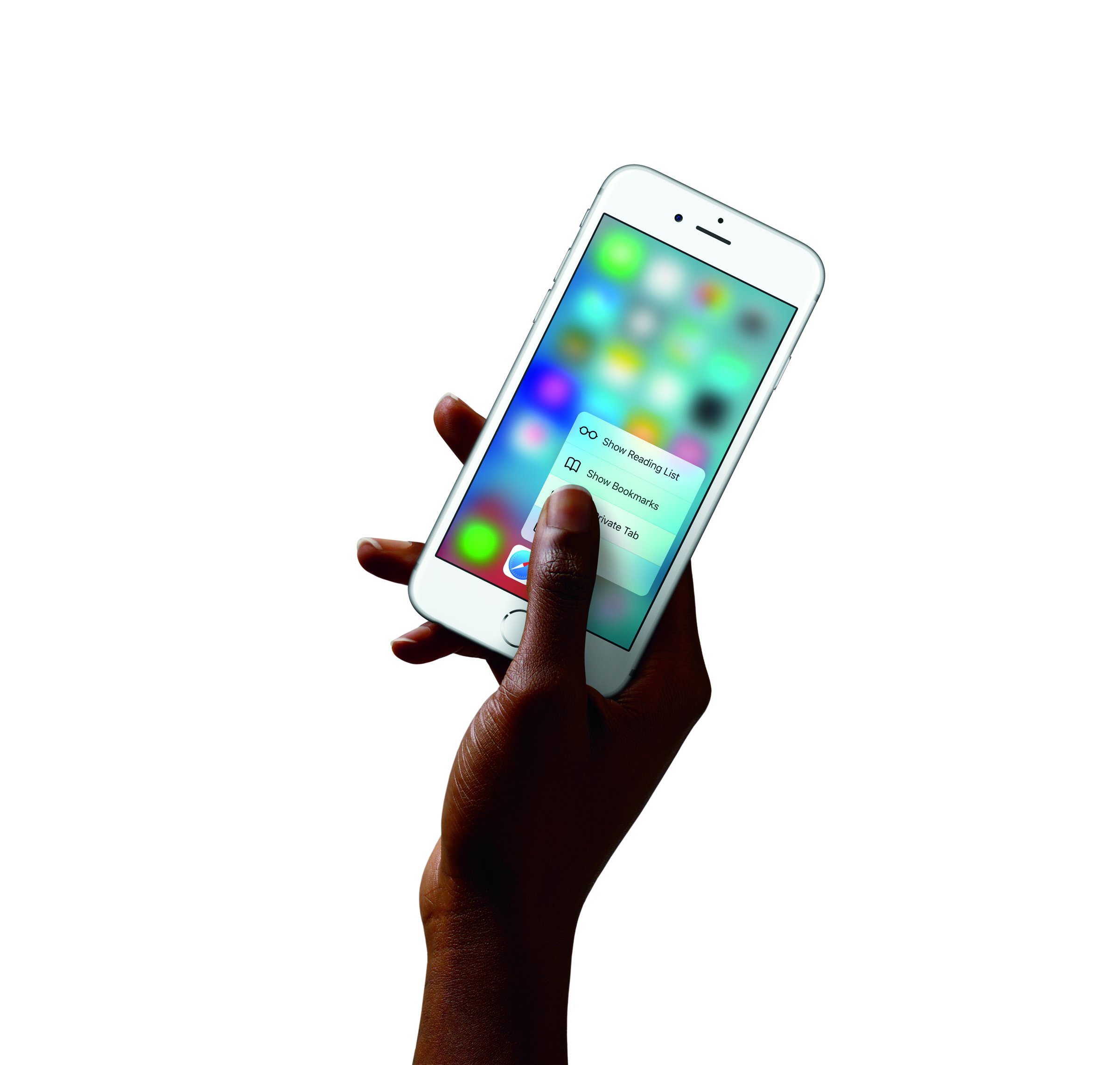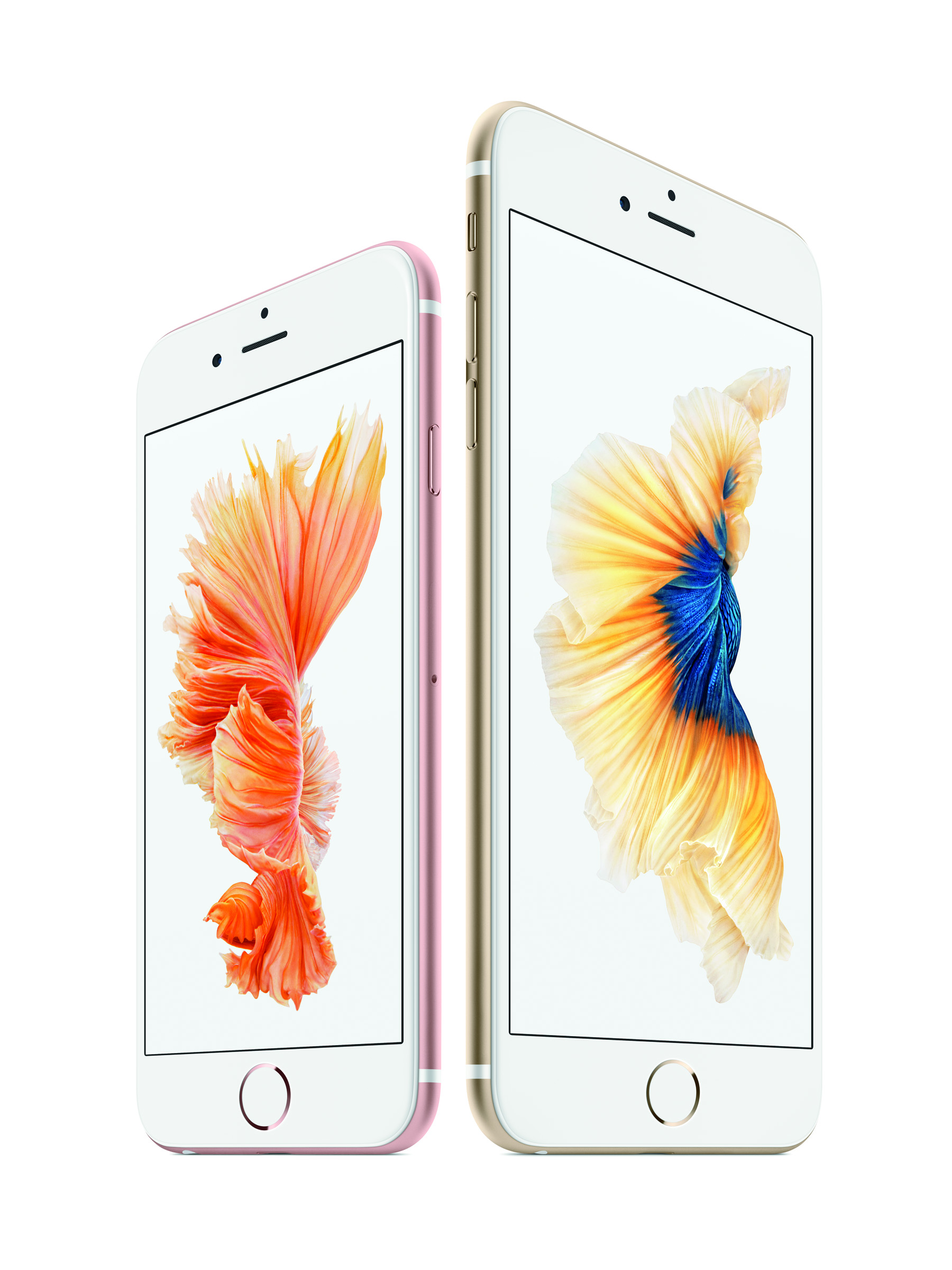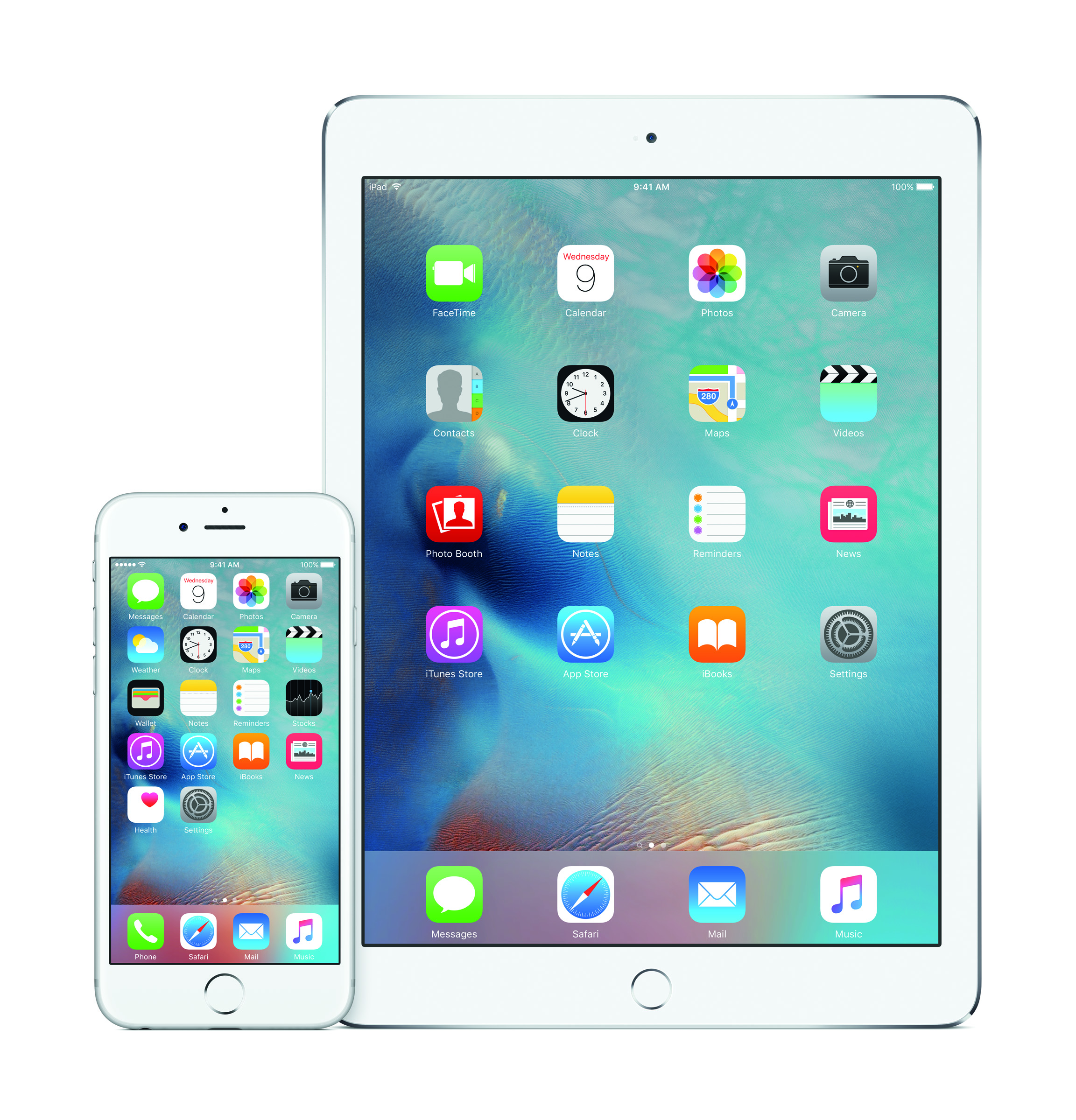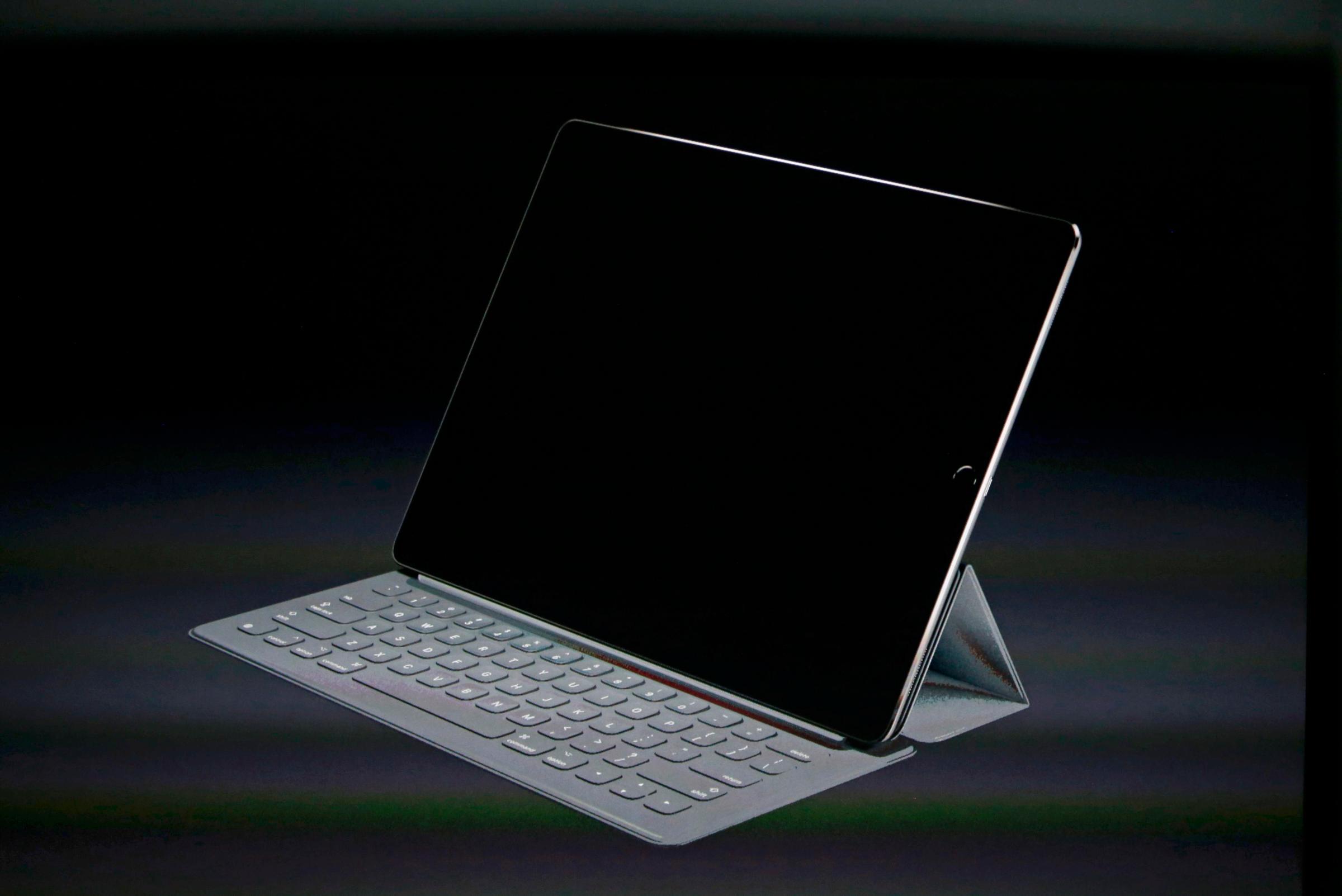Apple’s annual September event featured many largely expected announcements, including a pair of new iPhones, a jumbo-sized iPad and a revamped Apple TV. But the company did have at least one surprise up its sleeve (no, not One Republic): Apple will be selling its new phones directly to customers via a monthly payment plan.
The new initiative, called the iPhone Upgrade Program, will allow customers to finance the iPhone 6s and the iPhone 6s Plus in monthly installments, starting at $32 per month, and upgrade to the newest iPhone for no extra charge each year. The phones will be unlocked, meaning customers can choose a wireless carrier at will. The phones also come with AppleCare+, Apple’s extended warranty and technical support program.
The program essentially does away with the traditional two-year contract, through which customers buy carrier-subsidized phones in exchange for getting locked into 24 months of service. That’s been the model for selling cell phones in the United States for years, and it’s been hugely beneficial for Apple. Each new iPhone is a cutting-edge piece of technology that typically retails for $650 minimum. But two-year contracts obscure that expense by letting customers pay $200 or less upfront for the phones. The additional cost is lumped in with the cost of monthly phone service, leaving many customers none the wiser.
Here Are All the Products Apple Unveiled Today








But that model has been under threat in recent years. T-Mobile, through its disruptive “Uncarrier” campaign, unbundled the cost of a cell phone from the cost of phone service back in 2013. In August, Verizon also eliminated two-year contracts for new customers, while AT&T and Sprint offer either traditional contracts or leasing plans. And other phone manufacturers have gotten in on the action as well, with Motorola selling an unlocked versinon of its newest Moto X phone on its website in monthly installments.
Given these rapid changes in the market, Apple had no choice but to come up with its own payment plan. The company has to keep people thinking of the iPhone as an essential but affordable device that they’ll want to upgrade every two years at the latest. Monthly payments don’t do as good a job of obscuring a phone’s true cost as a two-year contract, but it’s better than making people pay $650 or more outright. People upgrade tablets and PCs much less often than they upgrade their phones, likely because those gadgets cost hundreds of dollars upfront.
Overall, Apple’s program will require customers to spend $384 per year, at minimum, on their phones. For frequent upgraders, that could be a good deal. But if you’re content with getting a new iPhone every two years, the math doesn’t add up as well. It’s also possible that certain carriers with plans aimed at frequent upgraders, like T-Mobile‘s Jump program, will have more competitive pricing.
If you needed any more proof that the two-year contract is soon to be dead, Apple’s splashy event was another nail in its coffin.
More Must-Reads From TIME
- The 100 Most Influential People of 2024
- The Revolution of Yulia Navalnaya
- 6 Compliments That Land Every Time
- What's the Deal With the Bitcoin Halving?
- If You're Dating Right Now , You're Brave: Column
- The AI That Could Heal a Divided Internet
- Fallout Is a Brilliant Model for the Future of Video Game Adaptations
- Want Weekly Recs on What to Watch, Read, and More? Sign Up for Worth Your Time
Contact us at letters@time.com